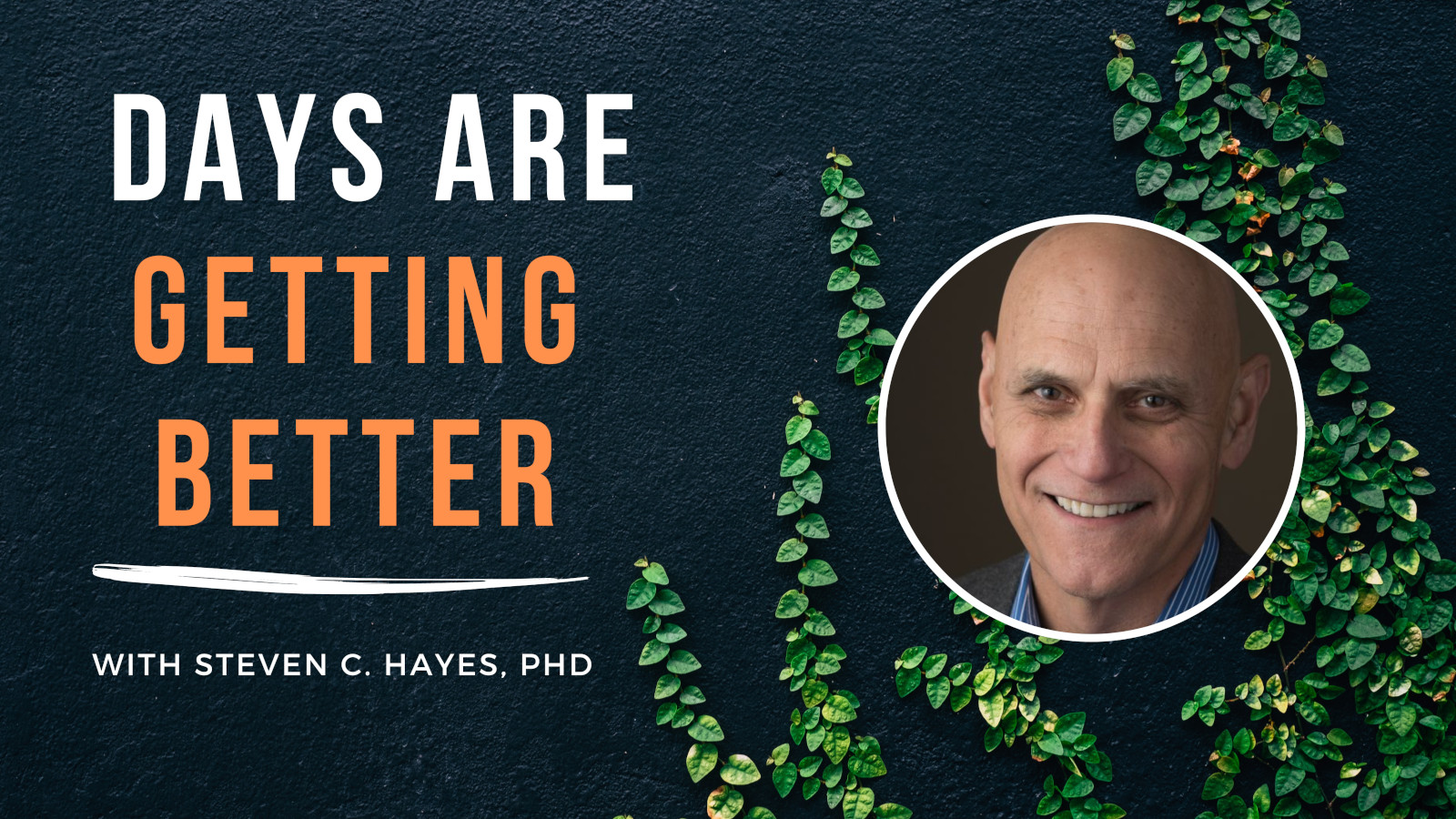A long time ago, I almost lost my life at work. My dad sold aluminium to aircraft manufacturers in San Diego, and I was working in the factory to put myself through college. Among other things, they produced aluminium foil, which required house-sized machines to squeeze thick aluminium sheets on gigantic multi-ton spools as they passed through polished rollers under enormous pressure over and over again. With each pass, the sheets became thinner, until eventually they were spools of foil, to be cut and put in boxes.
Every now and then, the rollers had to be removed and repolished, which required a person to climb inside this fearsome machine. The person retracted a hydraulic ram that brought a metal chute within an inch of the rollers to catch the foil as it came out. He (it was all “he” back in those days) then unbolted the rollers and clipped on a long metal guide, so that the rollers could go to the polishing machine unscratched and undamaged.
In a safety meeting, I said that the worker (which at the time was me) needed a shut down handle, since once inside the machine, the operator might not know the worker was there and could turn on the machine. Someone could be killed. We needed a safety switch. But the forman laughed at my idea. This had never happened. It would cost too much. The operator had to be told if someone was going in anyway – how could they forget just minutes later?!
I knew all that. But I also knew the factory was pushing us to do near 16 hour shifts every three months when shift rotations happened. I personally did not believe that an operator who was overworked and sleep-deprived could be fully trusted. That factory had seen at least four deaths just in the year I had been there. It was at times insanely dangerous.
I shut up. The safety meeting turned to other things.
A month later during one of those hell weeks it happened. Exactly as I foretold. EXACTLY. The machine came on as the operator popped off the safety on the control panel and turned it on, forgetting what I had told him a few minutes earlier: “I was going in to rig the rollers.”
My screams were not heard at first.
The ram brought the chute toward me. Ever so slowly – perhaps an inch a second – closing up a 15 inch gap. Turning rollers on one side; a chute on the other. Nowhere to go. The front edge of the chute soon touched my body. I let out a breathy scream (the same one that happened years later during a panic attack… you can hear it in my TEDx talk). I began being chopped in half in slow motion. The muscles on my right upper leg parted; the flesh moved out under pressure. I screamed as hard as I could. I remember thinking “I’m going to die.” Then, a mere second before my hips were shattered, the operator heard me and turned it off.
I slumped atop the chute, pinned in place in agony for what seemed like hours, as the foreman debated with other workers which button to push to back off the chute. I could hear them debating. “If I push the wrong one, he will be chopped in half” I heard my foreman say in an anxious whisper. He pushed the right one. The chute retracted. I grabbed and held on to the chute itself, balancing on my left foot, my right leg useless. Since I could not walk they put a harness on me and lifted me up and out of the machine. And then I passed out.
I went to the hospital for a while before recovering at home for a week. The massive bruises on my left hip went away, but to this day I still have a half-inch dent on my right leg, where the muscle parted, never to grow back again.
For a year I was in pain. I woke up in pain. I went to sleep in pain. It HURT and it hurt almost constantly. I could focus on little else. My grades suffered. “I told them this would happen” I thought. I TOLD them! I could have DIED! I almost DID! And now I’m in life-long pain. It made me so freaking mad.
A week after the accident, they installed a shut down switch in reach of the workers. That was good… but too late for me. There was still this pain. At first they offered nearly nothing in compensation. I sued them, and the legal process dragged on and on. I couldn’t sleep. I couldn’t focus. Months went by. It did not seem fair. Finally, the doctors all agreed. The injury was permanent; the pain would likely not go away. They settled for what felt like a huge amount at the time. By my memory it was $10-20K. I felt vindicated. I was so happy. I was right and finally they admitted it. Finally. Finally! It brought tears to my eyes.
The next morning I woke up to a shocking new reality.
My leg did not really hurt. What the …?!
My leg has been virtually pain free ever since.
I never could have told you that my attention was amplifying my pain. But it was. Even now, almost 50 years later, I can easily get some pain out of the injury if I focus on the sensations there. I never could have told you that my year of agony and sleeplessness and mental struggle was driven by a deep sense of injustice. Yet clearly it was.
I sometimes wonder what would have happened if I hadn’t won the suit. I suspect I might have suffered for years.
Please don’t hear me saying that all pain is this malleable; but please also don’t tell me I was making the pain up. It was real. I felt it. I could not sleep because of it.
What I am saying is that attention is a powerful thing. Wherever we shine our inner spotlight consumes our time and energy. Objects in the limelight become bigger and more important. And if we focus on pain, pain becomes more relevant and more disruptive – especially when judgment comes along. “This shouldn’t have happened.” “It’s unfair.” “How could I have been so stupid?!” “I can not live like this…” “Will thus ever end?” Judgment forces our attention on our pain even more than the pain already does by itself. The equation is simple: Pain + Focus × Judgment = Even More Pain.
The way out of the trap is to slow down and to examine your own experience openly. You might want to ask yourself: Where is the core of your upset? What judgmental thoughts show up? How do they produce your agony? And what is the purpose of your attention? What is inside this sensation I cannot have?
These questions can give you a hint about what fuels your potential pain, and how you can deal with it more effectively. Unfortunately, there is no guarantee that pain will disappear. However, there is a pretty good chance that it will move a bit somewhat into the background, while you make your life more about what truly matters; the things that truly deserve your attention. That too is real, and it cannot be taken from you by a tired machine operator.
I’ve worked with pain patients with similar stories to my own who have gone on to fight for worker rights, or better working conditions, or who have used their pain to foster compassion and connection to others who suffer. We may not get to choose our pains, or experiences of unfairness, but we can choose what we will do with them.







